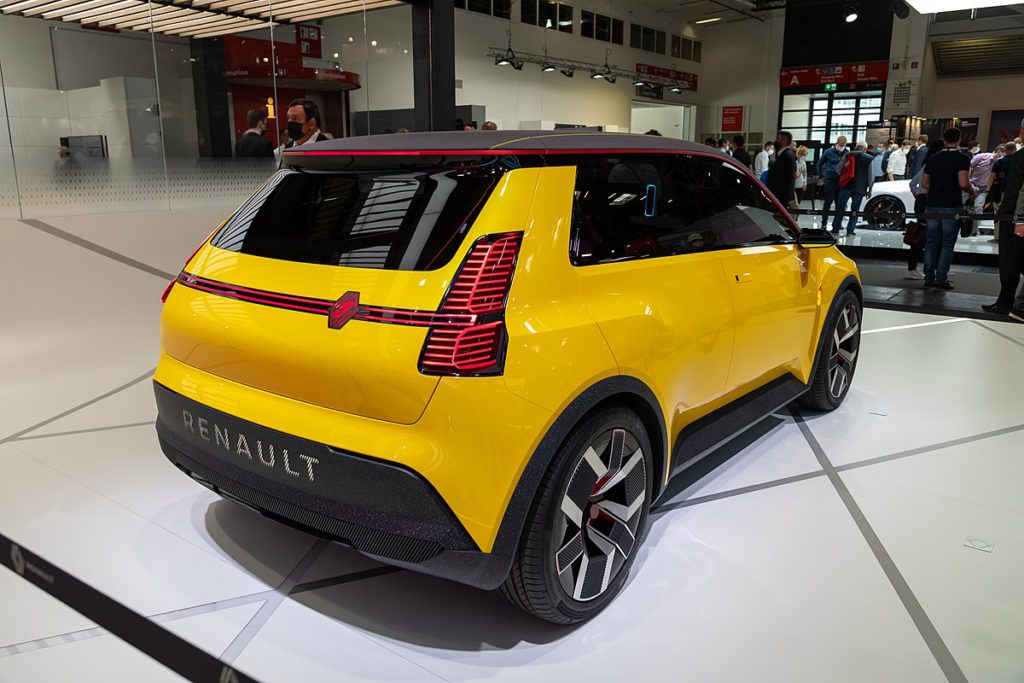
By Michelle Cheng
Reporter
Published October 4, 2021
McDonald’s wants to achieve net zero emissions globally by 2050.
The plans are vague, but the fast-food giant said it aims to reduce its emissions across restaurants, offices, and supply chains, according to a company press release today (Oct. 4). The details on how it will update targets will be released next year, as it works with Science Based Targets initiative (SBTi), a nonprofit that works with the private sector on setting emission targets, McDonald’s said in an email to Quartz.
Five of the six biggest fast-food chains announced this year they will set, or have set, science-based targets to reduce their emissions, up from just two companies last year, according to a report this year from investors network Ceres and nonprofit Farm Animal Investment Risk & Return (FAIRR). McDonald’s announcement follows a similar pledge from from Yum Brands, which owns KFC, Pizza Hut, and Taco Bell, which also aims to achieve net-zero emissions by 2050. Chipotle, Domino’s, Restaurant Brands International (owner of Burger King and Popeyes), and Wendy’s have also made pledges. Restaurant Brands’s global target has not been approved yet by SBTi. Net-zero means the amount of greenhouse gas the companies produce are no more than the amount reduced via increased energy efficiency and actions such as planting trees.
McDonald’s also said it is working on implementing local solutions in renewable energy, regenerative farming, and sustainable packaging, according to the press release. For instance, the company said it plans to open a new burger restaurant in the UK this November to test solutions for reducing energy and water use, which will be a blueprint for new McDonald’s sites in the future. The restaurant will feature furniture made from recycled or certified materials by 2023 as well as packaging made with renewable, recycled, or from certified sources by 2024.
In recent years, the fast-food chain has made efforts to reduce its emissions. In 2018, McDonald’s became the first global restaurant company to set a so-called science-based target—or to formally outline how it will adopt greenhouse global emissions—approved by SBTi, to help keep global temperature from rising above 1.5%. The company also recently announced it plans to cut plastic out of Happy Meals toys and packaging by the end of 2025.
How the food industry is combatting climate change
In the US alone, around 85 million adults, or one-third of the population over 20 years old, consumes fast food daily.
In recent years, activist investors and nonprofit groups have stepped up pressure on fast-food companies to better manage their climate and water scarcity and to set greater reduction targets.
To meet its targets, McDonald’s has a lot of work to do. It’s one of the biggest buyers of food in the world and about 80% of its total emissions come from its supply chain, in particular, its use of beef, chicken, dairy, and other proteins. The company said it has been working with partners to develop more sustainable farming practices. Animal agriculture produces around 15% of global greenhouse gas emissions, driven by emissions from livestock and feed; meanwhile, feed for livestock is responsible for a third of annual global water consumption, according to sustainability groups.
Fast food companies still need to address water scarcity and pollution risks in their meat supply chains, according to Ceres and FAIRR. Efforts on how they plan to assess these risks have been limited in scale and scope, the sustainability advocates said. There has also been slow progress on disclosing their analysis of climate risk scenarios, they added.
The costs of climate change on the industry are also becoming more apparent. US livestock producers are facing 30% higher feed costs due to increasing droughts as well as storms damaging their livestock and land, according to the report, which has a direct impact on the farmers and various vendors that are vital to producing McDonald’s meals











:quality(70)/cloudfront-eu-central-1.images.arcpublishing.com/thenational/NB3QGFDNVNFBXOGARENEQU4BJQ.jpg)



:quality(70)/cloudfront-eu-central-1.images.arcpublishing.com/thenational/5PGUFGXSEL3VOMJXTGABJD7UX4.jpg)
:quality(70)/cloudfront-eu-central-1.images.arcpublishing.com/thenational/VXLVAT6AAJDGRA7XKZATJGE4VI.jpg)
:quality(70)/cloudfront-eu-central-1.images.arcpublishing.com/thenational/4YDNLG3FGJ5GTVFBNHAYIYZRX4.jpg)
:quality(70)/cloudfront-eu-central-1.images.arcpublishing.com/thenational/SJ7Z424GCACENJUVOTSTAOVG6Y.jpg)

